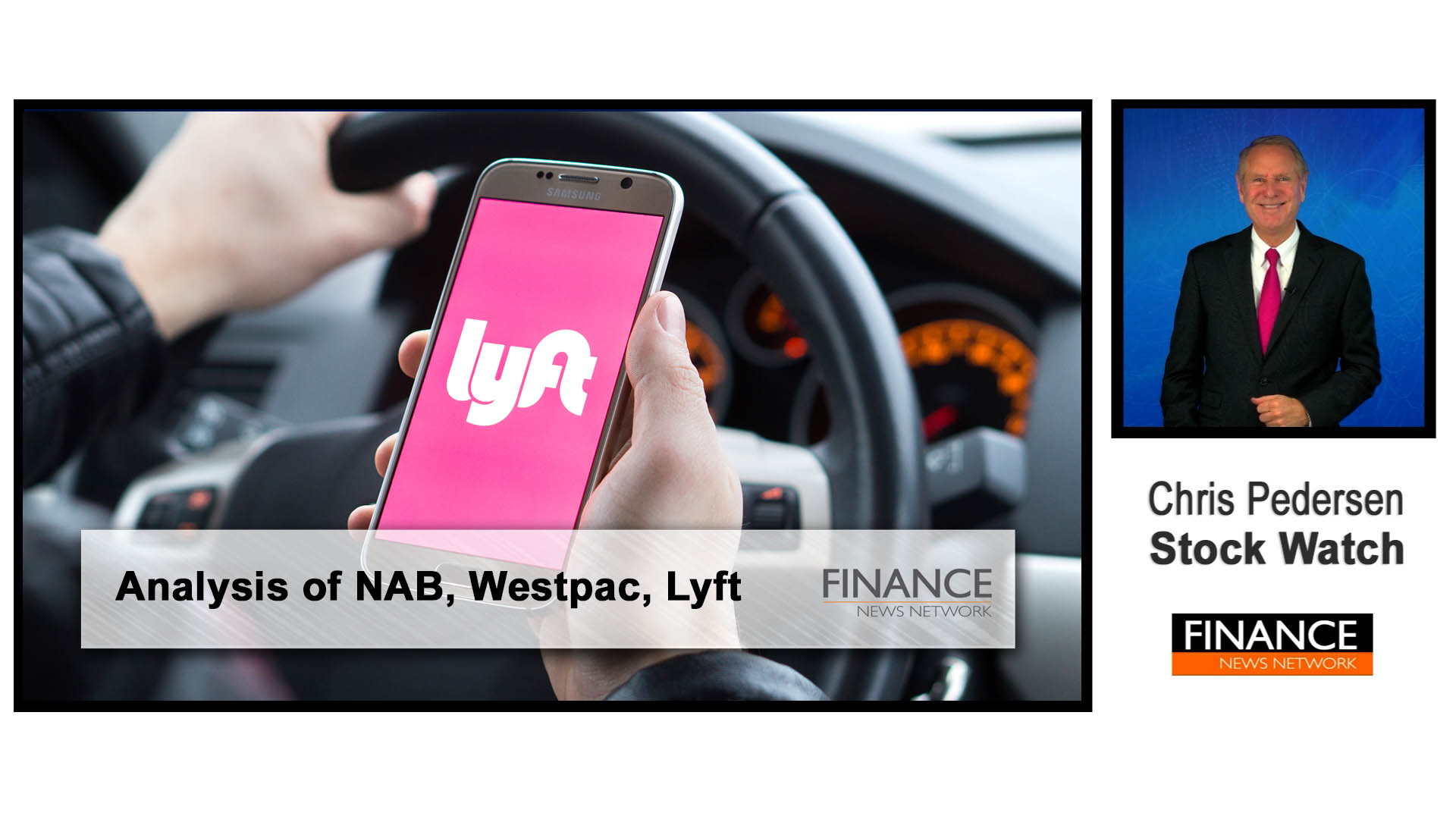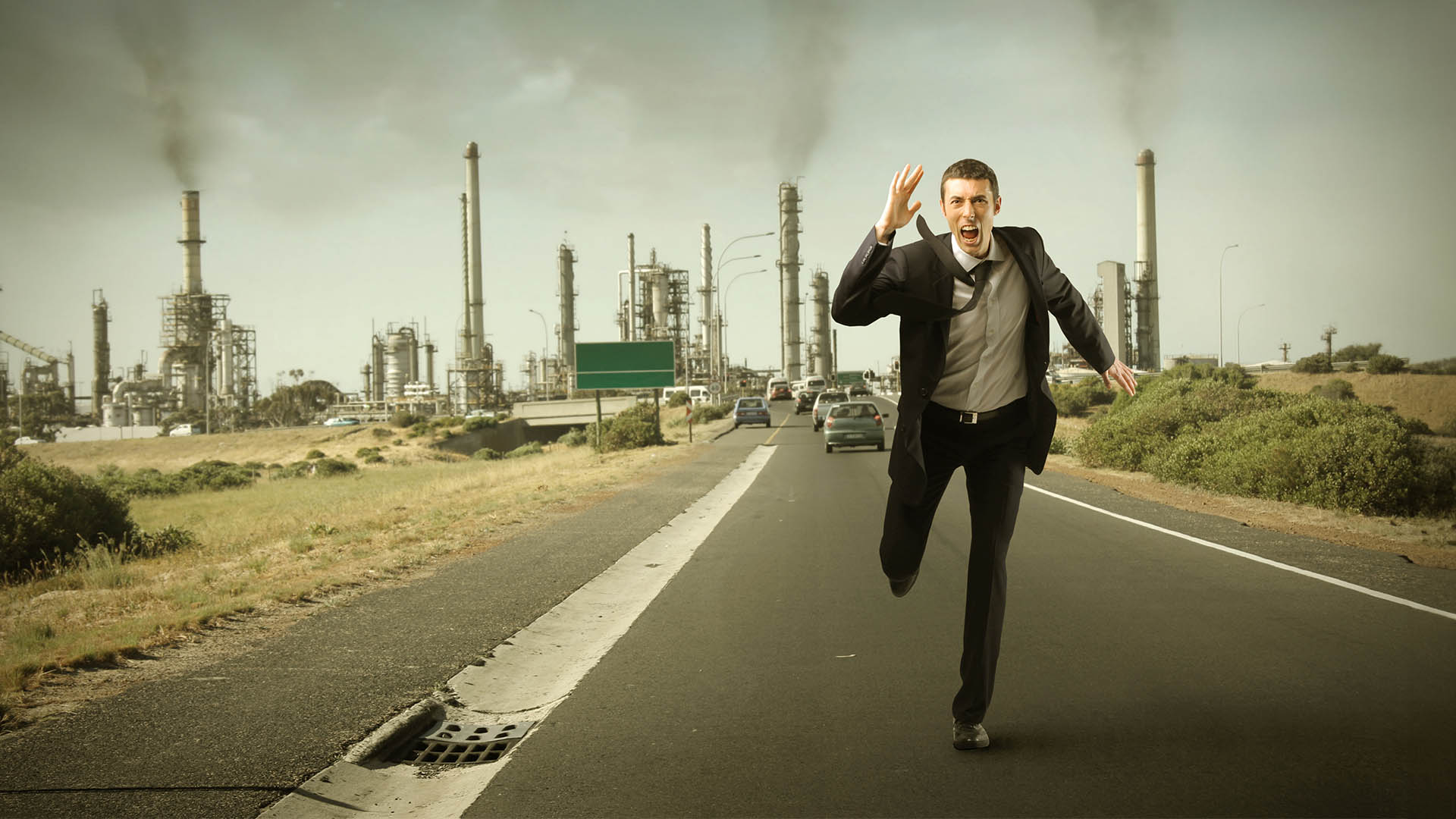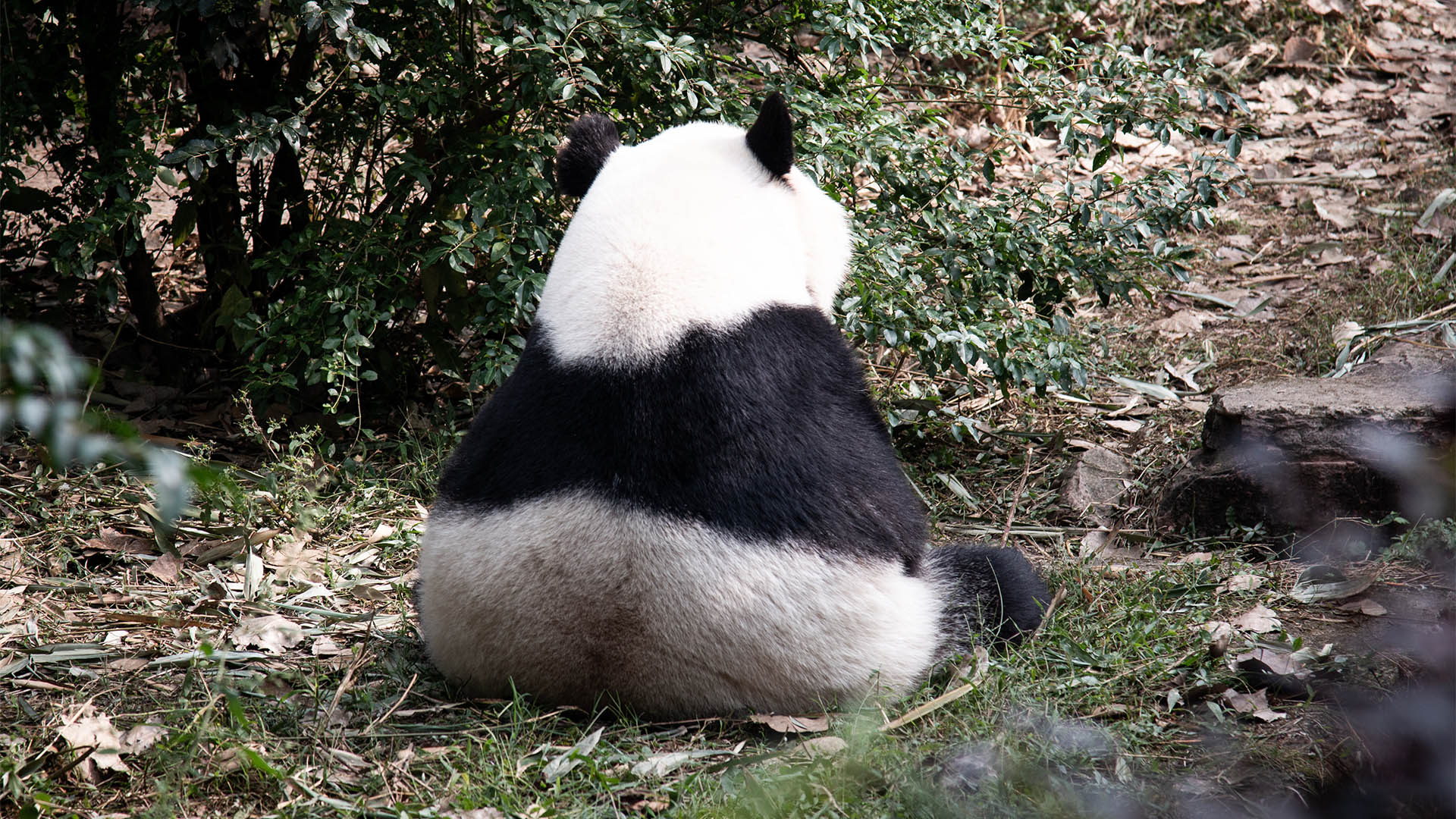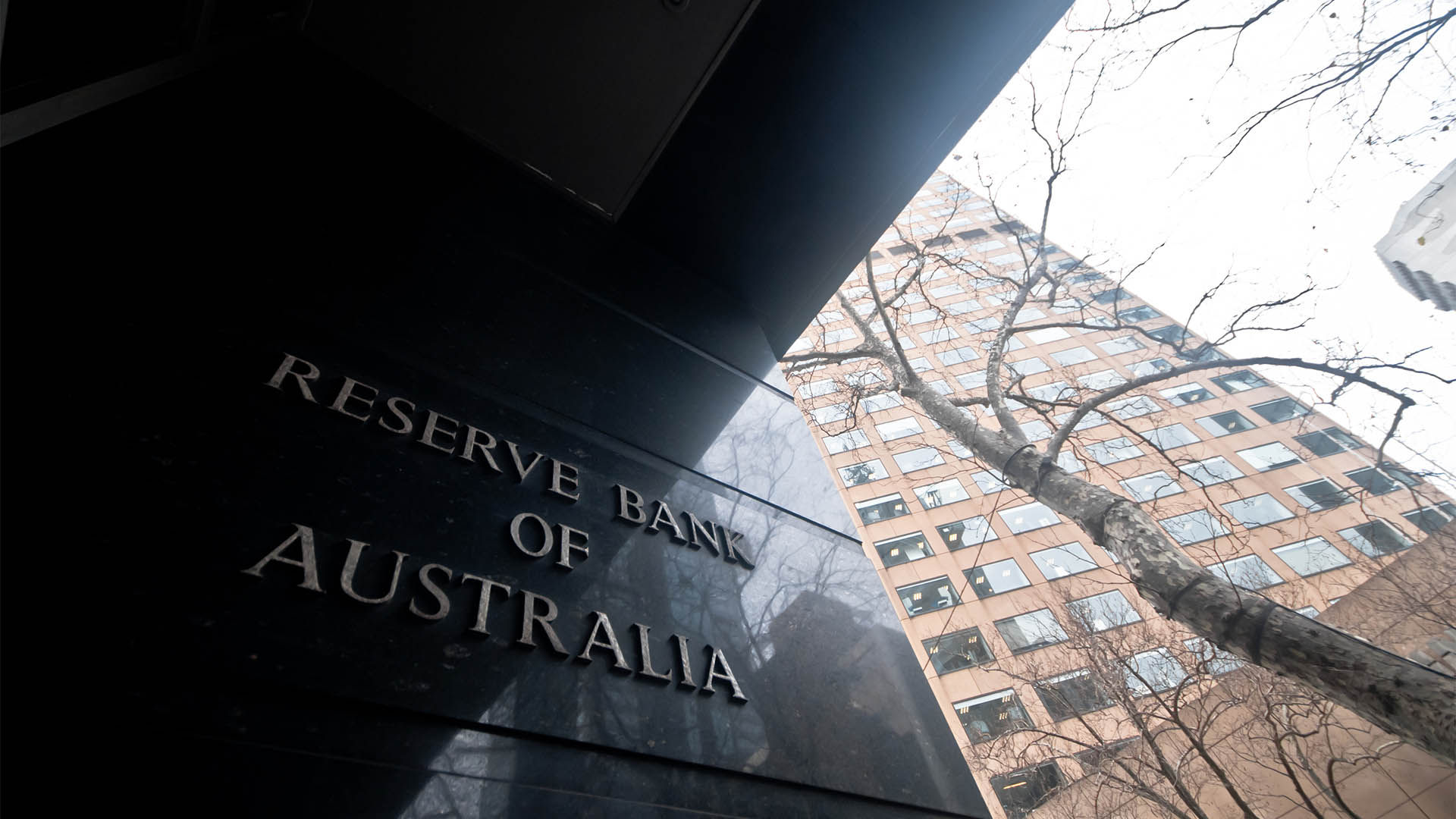For the second month in a row, sales of electric vehicles (EVs), mostly Tesla – have had a noticeable impact on car sales figures in Australia
Tesla actually had the third-best selling car in September and took the headlines as market leader Toyota hit saw sales slide in a big way, and sales of Chinese utes rose strongly.
A total of 93,555 vehicles were sold in September, up 12.3% from the same month in 2021 and not too far away from August’s 95,256, figures from the FCAI (Federated Chamber of Automotive Industries) revealed on Wednesday.
September like August saw overall sales boosted by catch up deliveries by Tesla to Australian customers from its huge Shanghai factory in China that had been disrupted in April through early June by Covid and parts shortages.
That brought the year-to-date sales in Australia to 811,130, down 0.6% from the first 9 months of last year but better than the 2.1% fall in the 8 months to August.
Barring any hiccups, Australian car sales look like ending 2022 slightly ahead of 2021 after looking as though they would fall short at the half year mark of the year.
Tesla’s sales performance again stood out as the Elon Musk company caught up with back orders from Australia, it despatched 2,600 more vehicles to Australia last month to meet unfilled orders.
Tesla recorded 5,969 deliveries in September – its best monthly sales result on record, and nearly double its previous best result of 3,397 vehicles in August.
That was enough to rank Tesla as the seventh-best selling brand outright for the month.
The Tesla Model Y SUV accounted for 4,359 (or 73%) of those deliveries – making it the best-selling SUV in Australia, and the third best-selling new vehicle overall last month.
In August Tesla sent 1,017 Model Ys to Australia and 2,380 Model 3s. September saw that reversed, with just 1,610 3s sent here to fill back orders while Modyel Y deliveries totalled 4,359.
With 14,023 vehicles reported as delivered up to September 30, Tesla has already surpassed its 2021 full-year sales result of 12,094 with three months to go – and accounted for 64% of all electric vehicles sold since January 1.
Last weekend Telsa reported that its global sales during the quarter rose 35% compared to the second quarter as the company’s huge factory in China got past supply chain issues and pandemic restrictions.
Tesla said it delivered 343,830 cars and SUVs in the third quarter compared with 254,695 deliveries made from April through June. But its deliveries fell short of analyst expectations.
While Tesla does not break out sales by country or region, we know that in a small part of its global market – Australia – it is going gangbusters
Tony Weber, the CEO of industry group the FCAI (the Federated Chamber of Automotive Industries), said in the release that number of battery electric vehicles sold in September signalled that a growing number of Australians were committed to decarbonising their transport choices.
“During September 2022, 7,247 battery electric vehicles were sold, more than hybrid and plug-in-hybrid combined (5,141).
“Year to date, 21,771 battery electric vehicles have been sold. While the overall market share of battery electric vehicles remains low (2.7 per cent), there is a clear market trend towards zero emission technology,” Mr Weber said.
Most of those hybrids are produced and sold here by Toyota which is lobbying hard for hybrids to receive similar benefits to EVs for buyers.
Thanks to the surge in Tesla deliveries, China was the third largest supplier of vehicles to the Australian market in September with 14,889 vehicles. Japan (23,880) and Thailand (20,363) remain Australia’s largest source of vehicles.
Besides the strong Tesla and EV sales performance, the strong September result was also notable for market leader Toyota’s shock sales fall of 25.5%.
Toyota led the market with a total of 14,852 vehicles sold. Kia was next with 7,290 followed by Mazda (7,259), Mitsubishi (6,784) and Ford (6,635).
The Toyota Hi-Lux was the highest selling model with 5,170 sales reported, then the Ford Ranger followed with 4,890. Tesla’s Model Y was next with 4,359 followed Mazda’s CX-5 (2,439) and Mitsubishi’s Triton (2,319).
The EV sales performance in August and September should be music to the ears of Australia’s lithium producers and wannabees as it again confirms the demand is there for the key renewable metal.
But there is a negative to the Tesla sales success and that it how the Reserve Bank views the data. Cars are a big-ticket purchase and solid figures are a sign of consumer confidence and none are as costly as the Tesla duo – the 3 and the Model Y.
Local car sales have done well for the last three months, as the Reserve Bank has been lifting interest rates. The central bank will look at the car sales data and wonder how much of the solid three-month figures is back orders being filled and how much is new purchase decisions made and filled on the spot.
Along with still OK retail sales, it would appear household spending remains solid in the face of the succession of rate rises – house prices and sales have responded by turning down. When will cars and retail sales, and then jobs follow?













